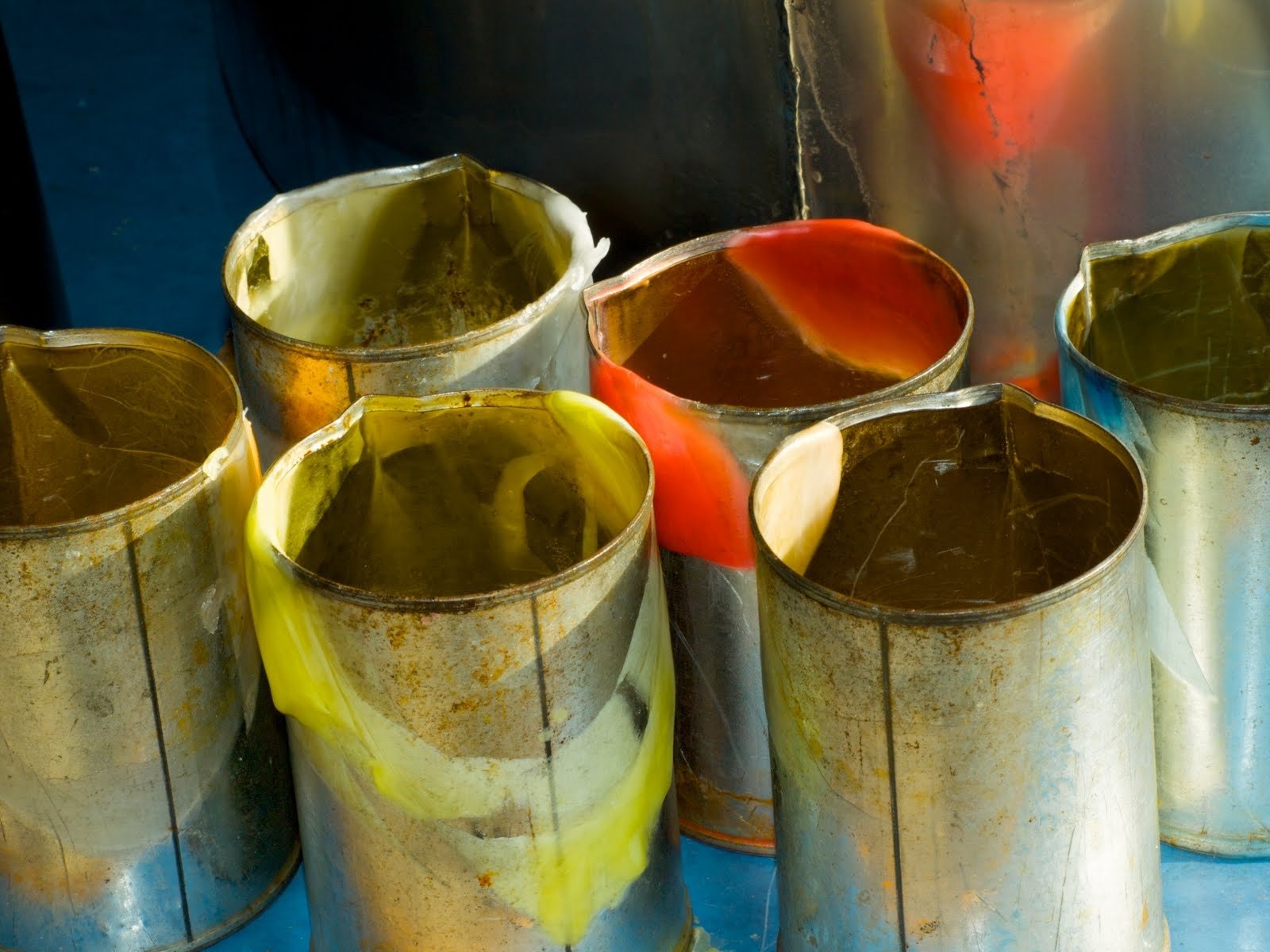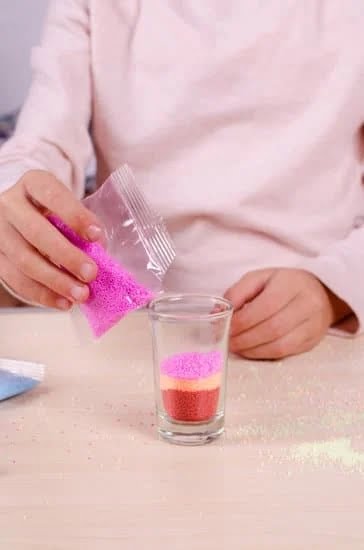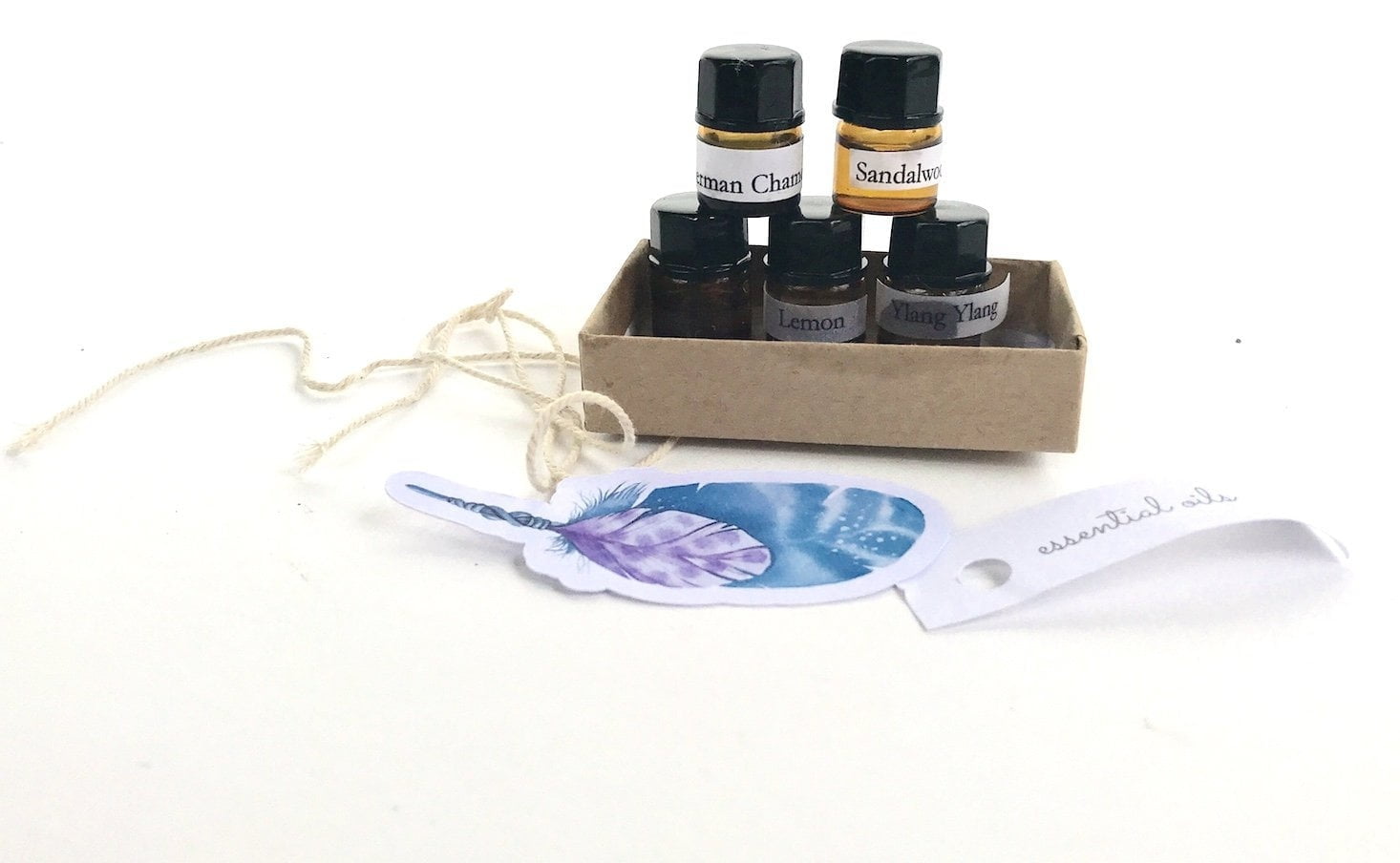Are you interested in exploring a natural and historical approach to candle making? This article delves into the process of making candle wax from animal fat, a traditional method with numerous benefits. From its historical roots to its eco-friendly and sustainable qualities, using animal fat for candle making offers an alternative to conventional wax materials.
For centuries, people have utilized animal fat as a source of light and warmth through the creation of candles. In this section, we will explore the history of using animal fat for candle making and the advantages it offers over other materials. From rendering animal fat to selecting the right type for candle making, understanding the process can help you create your own eco-friendly candles at home.
We will also discuss how adding fragrance and color to animal fat candle wax can enhance your candle-making experience. Additionally, we will provide tips and tricks for successful animal fat candle making, as well as alternative uses for this unique type of wax beyond just candles. Join us on this journey through history and sustainability as we uncover the world of making candle wax from animal fat.
The Process of Rendering Animal Fat for Candle Wax
To begin the process of rendering animal fat for candle wax, you will need to start with high-quality animal fat from sources such as beef, pork, or sheep. The fat should be free from any meat or bone fragments and can typically be found at local butcher shops or farms. Once you have obtained the animal fat, it is important to trim off any excess tissue or blood before melting it down.
Next, the animal fat is melted down in a large pot over low heat until it becomes completely liquid. This process allows the impurities to separate from the fat, which can then be skimmed off the top.
It is essential to ensure that the temperature remains low during this step to prevent any scorching or burning of the fat. After skimming off the impurities, the melted animal fat can then be strained through cheesecloth or a fine mesh sieve to remove any remaining particles.
Rendering animal fat for candle wax provides an opportunity to create sustainable and environmentally friendly candles. By using a natural and renewable resource, you can make beautiful and functional candles while reducing waste and supporting eco-conscious practices.
| Animal Fat Candle Wax Benefits | Rendering Process Steps |
|---|---|
| Natural and renewable resource | Melt down animal fat in a large pot over low heat |
| Eco-friendly alternative to other types of wax | Skim off impurities once melted |
| Reduces waste and supports eco-conscious practices | Strain liquid through cheesecloth or fine mesh sieve |
Selecting the Right Animal Fat for Candle Making
When it comes to making candle wax from animal fat, selecting the right type of animal fat is essential for successful candle making. Different types of animal fats have varying melting points, texture, and scent, which can significantly affect the quality and performance of the candle wax. Here are some key factors to consider when selecting the right animal fat for candle making:
Consider the Melting Point
The melting point of the animal fat is an important factor to consider, as it determines how well the candle will perform during burning. For example, beef tallow has a higher melting point compared to lard or bacon grease. If you live in a warmer climate, you may want to choose an animal fat with a higher melting point to prevent the candle from melting too quickly.
Evaluate the Scent
Different types of animal fats have distinct natural scents that can add a unique aroma to the candles. For instance, beef tallow may have a more neutral scent compared to pork lard, which has a subtle bacon-like fragrance. Consider whether you want the natural scent of the animal fat to be present in your candles or if you prefer to add fragrance oils for a customized scent.
Assess Availability and Sustainability
When choosing animal fat for candle making, consider factors such as availability and sustainability. Opt for locally-sourced and sustainable animal fats to support ethical and environmentally-friendly practices. Additionally, consider using leftover or waste animal fats from cooking or butchering processes as a sustainable option for candle making.
By carefully selecting the right type of animal fat for candle making and considering factors such as melting point, scent, and sustainability, you can ensure that your homemade candles turn out perfectly and provide a unique sensory experience when lit.
Preparing the Animal Fat for Candle Wax
After selecting the right animal fat for candle making, the next step is to prepare the animal fat for converting it into candle wax. This process, known as rendering, involves melting and clarifying the fat in order to remove impurities and create a clean-burning wax. The quality of the rendered fat will significantly impact the performance and appearance of the finished candles.
To begin preparing the animal fat, it is essential to start with clean and fresh fat from a reputable source. Trim any excess skin or meat from the fat, and cut it into small pieces to expedite the rendering process. Once prepared, place the animal fat in a large pot or slow cooker and add a small amount of water to prevent scorching. Heat the mixture slowly over low heat, allowing the fat to melt gradually without burning.
As the animal fat melts, it will release impurities such as protein solids and water. Skim off any foam or debris that rises to the surface using a slotted spoon or fine mesh strainer. This step is crucial for producing a high-quality candle wax with minimal impurities.
After removing these impurities, continue heating until all of the solid fat has liquefied and clarified. Once fully melted, strain the liquid fat through a cheesecloth or coffee filter to remove any remaining particles, resulting in a clean and pure base for candle making.
Adding Fragrance and Color to Animal Fat Candle Wax
When it comes to making candle wax from animal fat, adding fragrance and color is an important step in creating beautiful and aromatic candles. Here are some tips on how to enhance the animal fat candle wax with delightful scents and eye-catching hues:
1. Selecting the right fragrance oils: When choosing fragrance oils for your animal fat candle wax, it’s important to opt for high-quality, skin-safe oils specifically formulated for candle making. Whether you prefer floral, fruity, or woody scents, there is a wide variety of fragrance oils available to suit your preferences.
2. Incorporating natural dyes: To add color to your animal fat candle wax, consider using natural dyes such as mica powders, dried flower petals, or powdered spices. These natural alternatives not only provide vibrant colors but also align with the eco-friendly nature of using animal fat for candle making.
3. Experiment with different combinations: Mixing various fragrance oils and colors can result in unique and captivating candles. Take the time to experiment with different scent blends and color combinations to create personalized animal fat candles that reflect your individual style and creativity.
By adding fragrance and color to animal fat candle wax, you can elevate the visual appeal and aromatic experience of your homemade candles while still embracing the eco-friendly benefits of utilizing animal fat as a sustainable wax alternative. So go ahead, get creative, and enjoy the process of customizing your very own animal fat candles.
Pouring and Setting Animal Fat Candle Wax
Choosing the Right Vessel
When it comes to pouring animal fat candle wax, choosing the right vessel is crucial. The vessel should be heat-resistant and not prone to cracking when exposed to high temperatures. Many candle makers prefer to use aluminum or stainless steel pour pots for melting the animal fat wax, as they are specifically designed for candle making and ensure a smooth and even pour.
Setting the Candle
After pouring the animal fat candle wax into the chosen container, it’s important to allow it to cool and set properly. This process can take several hours depending on the size of the candle and the ambient temperature. It’s essential to avoid moving or disturbing the candles while they are setting, as this can cause uneven cooling and affect the overall appearance of the finished product.
Trimming the Wick
Once the animal fat candle wax has completely set, it’s time to trim the wick. This helps to prevent excess smoke when lighting the candle and ensures an even burn. Using sharp scissors, carefully trim the wick to a length of about ¼ inch (0.64 cm) above the surface of the wax. This simple step will help improve the performance and longevity of your animal fat candles.
By mastering these pouring and setting techniques, you can create beautiful, eco-friendly candles using animal fat wax that are not only sustainable but also have a unique historical appeal.
Tips and Tricks for Successful Animal Fat Candle Making
When it comes to making candle wax from animal fat, there are a few tips and tricks that can help ensure successful candle making. Here are some key tips to consider when working with animal fat for candle wax:
- Properly render the animal fat: In order to create high-quality candle wax from animal fat, it’s important to properly render the fat. This involves slowly melting the fat at a low temperature to remove any impurities and moisture. This process helps ensure that the resulting wax is clean and of good quality.
- Use the right wick: When making candles with animal fat wax, it’s essential to use the right type and size of wick. The size of the wick will depend on the diameter of the candle you are making, so be sure to choose a wick that is appropriate for your specific project. Using the wrong wick can result in an uneven burn and wasted wax.
- Experiment with fragrance and color: Animal fat candle wax can be infused with a variety of fragrances and colors to create unique and personalized candles. Consider experimenting with different scents and dyes to create customized candles that suit your preferences or match a specific theme or occasion.
Overall, working with animal fat for candle making requires patience and attention to detail, but yields eco-friendly and sustainable results that are both functional and beautiful. By following these tips and tricks, you can successfully create high-quality candles using animal fat wax as a natural alternative to traditional paraffin wax.
Alternative Uses for Animal Fat Candle Wax
Animal fat candle wax can be a versatile and sustainable material that extends far beyond simply making candles. Once you have mastered the art of making candle wax from animal fat, you can explore a wide range of alternative uses for this eco-friendly product.
One alternative use for animal fat candle wax is as a base for homemade skincare products. With its moisturizing properties, animal fat candle wax can be used to create luxurious body balms, lotions, and even lip balms. By adding essential oils or natural fragrances, you can customize these skincare products to suit your preferences.
In addition to skincare products, animal fat candle wax can also be used to make waterproofing treatments for leather goods such as shoes, bags, and jackets. The natural water-repellent properties of the wax make it an excellent choice for protecting and conditioning leather items. By melting the wax and applying it to the surface of the leather, you can create a protective barrier that helps maintain the quality and appearance of your leather goods.
Another creative use for animal fat candle wax is in the crafting of handmade soaps. By combining the wax with other nourishing oils and ingredients like shea butter or coconut oil, you can create beautifully fragranced and moisturizing bars of soap. This allows you to not only repurpose animal fat into a useful product but also reduce waste by creating your own sustainable bath and body products at home.
| Alternative Uses | Description |
|---|---|
| Skincare Products | Body balms, lotions, and lip balms |
| Waterproofing Treatment | Protecting and conditioning leather goods |
| Handmade Soaps | Fragranced and moisturizing bars of soap |
Conclusion
In conclusion, making candle wax from animal fat has been a longstanding tradition that not only pays homage to our ancestors but also provides several benefits. The process of rendering animal fat for candle wax allows for the utilization of leftover resources and promotes sustainability. In addition, animal fat candle wax is an eco-friendly alternative to traditional paraffin candles, as it is biodegradable and does not emit harmful toxins when burned.
Selecting the right animal fat for candle making is crucial in order to achieve the desired results. It is important to consider the melting point and consistency of the fat when determining its suitability for candle wax. Furthermore, preparing the animal fat for candle wax involves melting and straining the fat to remove impurities before adding fragrance and color. This customizable aspect of animal fat candle making allows for a personalized touch to each creation.
Beyond its use in candles, animal fat candle wax can also be utilized in various other ways, such as creating homemade soaps, lotions, or even as a natural wood finish. By embracing the tradition of making candle wax from animal fat, individuals can reduce waste and contribute to a more sustainable lifestyle. Overall, this time-honored practice serves as a reminder of the resourcefulness and ingenuity that comes with utilizing all aspects of nature around us.
Frequently Asked Questions
Can Fat Be Used to Make Candles?
Yes, fat can be used to make candles. In the past, animal fat was commonly used for candle-making because of its ability to solidify at room temperature.
Can You Make Wax Out of Animal Fat?
Yes, you can make wax out of animal fat. Tallow, which is a form of rendered beef or mutton fat, can be used to create a type of wax that is suitable for making candles.
Are Candles Still Made With Animal Fat?
While some traditional candle makers still use animal fat in their products, the majority of candles today are made from paraffin wax or soy wax, as these materials are more readily available and cost-effective than animal fats.

Welcome to my candle making blog! In this blog, I will be sharing my tips and tricks for making candles. I will also be sharing some of my favorite recipes.





